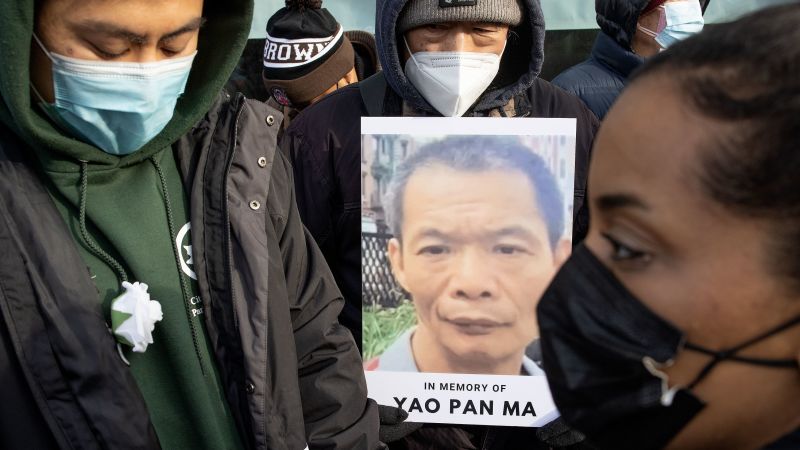Share this
Article
You are free to share this article under the Attribution 4.0 International license.
Having asthma or eczema increases the likelihood of developing osteoarthritis, a new study shows.
The findings suggest there may be an allergic pathway that can be targeted with existing drugs.
“Our findings provide the foundation for future interventional studies that could identify the first treatment to reduce the progression of osteoarthritis,” says Matthew Baker, an assistant professor of immunology and rheumatology at Stanford University and first author of the paper in Annals of the Rheumatic Diseases.
Osteoarthritis is widespread, affecting more than 50 million people in the US with no known treatment that can prevent its progression. The condition can require expensive joint replacement surgeries, lead to disabilities, and significantly affect quality of life.
Its burden on the health care system continues to rise, says Baker, with an aging population and higher rates of obesity.
Increased risk of osteoarthritis
Scientists previously thought that osteoarthritis developed from the wear and tear of cartilage. But William Robinson, chief of the Division of Immunology and Rheumatology at Stanford, found inflammation in the tissue of people with arthritis.
Robinson found that mast cells, activated by a foreign-invader-detector antibody called IgE, release histamine and tryptase, which are key factors that contribute to allergic inflammation. Tryptase, particularly, appears to play a key role in exacerbating osteoarthritis.
Because it appeared that osteoarthritis was caused by allergic inflammation, Baker and colleagues decided to study insurance claims data to retroactively track those with atopic disease, in which a person develops an exaggerated immune response to otherwise harmless substances. They focused on asthma and eczema.
The researchers found people who had no osteoarthritis for two years and were afterward diagnosed with asthma or eczema, then followed them. For a control group, they followed patients who also had two years without osteoarthritis but had no subsequent diagnosis of asthma or eczema.
The researchers then matched each diagnosed person to someone in the control group with similar demographics, outpatient visit frequency, presence of other diseases, and several additional factors, to see who developed osteoarthritis. In the primary cohort, each group ended up having about 110,000 patients.
The authors found that if a patient had asthma or eczema, there was a 58% increased risk of developing osteoarthritis over about 10 years. If they had both asthma and eczema, the risk increased to 115%.
Possible intervention
To see the effect of another lung disease, one that isn’t mediated by allergens, the researchers compared chronic obstructive pulmonary disease—in which airflow from the lungs is constricted—with asthma.
They found that asthma patients had an 83% increased risk of developing osteoarthritis compared with COPD patients. They concluded that lung disease without an allergic response doesn’t predispose one to osteoarthritis, again suggesting that the activation of allergic pathways is the critical factor.
The claims data from the primary analysis did not include body mass index, a risk factor for osteoarthritis, so the researchers validated their results in an independent data set using the Stanford Research Repository. The results were similar, demonstrating that allergic diseases increase the risk of developing osteoarthritis, even after taking into account the key variable of body mass index.
Existing medications for asthma attacks and for mast cell activation syndrome—a condition in which a patient experiences repeated episodes of anaphylaxis symptoms—could be candidates for treatment of osteoarthritis, according to Baker. These medications inhibit mast cells and allergic cytokines (byproducts of mast cells that cause inflammation).
“We now have a strong basis for studying this as an intervention, to see if targeting pathways like inhibiting mast cells or allergic cytokines can actually reduce the development and, or progression of osteoarthritis,” Baker says.
Additional coauthors are from Chinook Therapeutics in Seattle, Boston University School of Medicine, and the VA Palo Alto Health Care System.
The National Institutes of Health, the Department of Veterans Affairs, the Department of Defense, and the Stanford Center for Clinical and Translational Research and Education funded the work.
Source: Stanford University










